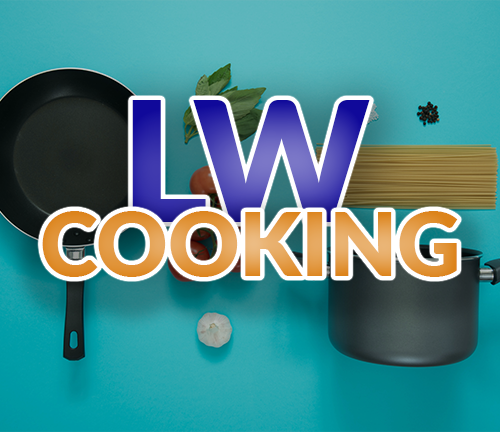Hey all,
Sorry to flood the community, just been working a lot about getting acquainted with the kitchen as of late, and learning more about navigating and utilizing it.
In three cookbooks, I’ve come across four recipes for soups I’m wishing to try. One for Borscht, one for Minestrone, one for a lentil soup, and one for Cauliflower soup. While I have the needed ingredients for these recipes, all of them call to cover the pot as the ingredients and/or soup are cooking.
My problem is that my pots don’t have lids. When I first got the one pot, it came with one, but I can’t recall what happened to it, all I know is that I no longer have it. I’ve brought the one pot to the thrift shop seeing if any of the loose lids there fit, but they were either way too large, just too small, or were perfectly sized, but refused to sit stable.
I was wondering how important it is to cover the pot as the soup and/or ingredients for the soup cook. Are there any consequences for not covering the pot, or does it simply take a longer time for cooking to finish?
Thanks as always in advance.
The main consequence is that you’re losing a lot more water without a lid. That can be helpful for sauces etc., but a little less so for soup.
Simply try it, you can also add more water to make up for the lost liquid.
Without a lid, you lose more water and heat, so it’ll take longer and cost more energy to get the soup to temperature and maintain that temperature, as well as to heat up the extra water that replaces whatever has evaporated. But it’s perfectly doable.
Some stores sell these one-size-fits-all lids that are basically like an inverted dome. Also sometimes sold as “universal pot lid”. A poorly fitted lid is better than no lid in my opinion. You’ll probably save on the energy costs with just a few uses.
My problem is that my pots don’t have lids.
Do you have a non plastic plate that is larger than the opening of the pot? Then you have a lid! I used to have cookware I purchased from thrift stores and yard sales. Some had lids, some did not. But a plate works. Hell even a cutting board (careful if it is wood, mine are bamboo and dishwasher safe) works.
Another option is a baking sheet or serving tray, but only use metal ones.
I have some stoneware plates that are from IKEA. My worries with using a plate were both the heat potentially cracking and/or breaking the plate, or the pot boiling over while the contents are hidden underneath unlike with a glass lid.
You generally aren’t cooking soup at a boil with the lid on, just at a simmer. At that temp there shouldn’t be an issue. If you are still concerned about it though you can usually find the heat tolerance of your cookware online.
On cooking shows I’ve seen cooks use a frying pan as a lid in a pinch. If you have one of a decent size that might work as a lid for making soup.
We got lucky with our cookware, most of the lids are interchangeable
Keep it on until the water boils. Then:
When the consistency of the soup is right, cover the pot.
When it’s too thin, leave it uncovered so the surplus water can boil off.
When it’s too thick, no it isn’t!Lot of good takes here, but let me explain a few not covered coming from working in a Michelin starred kitchen:
- Uncovered means you’re retaining moisture. Simple as that
- You should ever simmer anything uncovered unless you mean to remove moisture
- Of you want to keep flavors INSIDE the pot, do that before deglazing. Bloom aromatics and the heavier flavors, including spices.
- If you ever hear a recipe telling you to cover a lot AFTER the boiling period has happened, it’s a bullshit internet recipe of nonsense.
- Uncovered means you’re retaining moisture. Simple as that
- You should ever simmer anything uncovered unless you mean to remove moisture
Wait, do you mean the reverse of both of these? With no lid, the water boils off and condenses.
Yes, English is not my first language
Just take the lids that are too large or the ones that barely fit.
The lids too large are a bit annoying because condensed water will slowly drop onto the cooking plate.
As others have mentioned, yes a lid is important because otherwise you would end up with a sauce rather than a soup
The two issues with making soup without a lid: heat loss and evaporation.
The first is important as the soup must simmer, not boil. With a lid, you can easily create a mostly uniform heat, without it will probably be too cold at the top, and, as you have to feed more heat, it will most likely be too hot at the bottom.
The second is not unimportant, as you usually cook a good soup for quite some time (my beef broth takes about a day), so evaporation will be quite relevant to the overall consistency of the soup, too. Adding lost water will also add to the temperature inconsistencies.
As far as the food implications, see other posts. Now when it comes to lids it’s important to know that most pot lids are of a set diameter. So measure your pot and hit up your local thrift store for a couple of replacements. As long as your pot doesn’t have an oval shape you could get lucky fairly fast.






